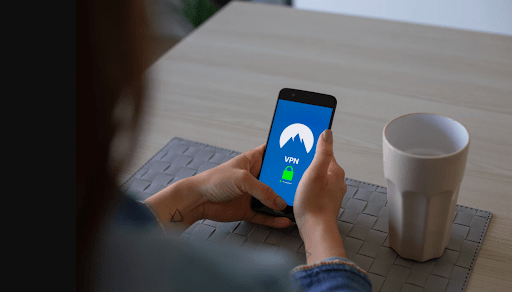Android Pie: new enterprise features and Work Profile

The suspense is over! Android 9 will effectively be called Android Pie and will be available on all compatible devices between late 2018 and 2019, depending on the manufacturer.
As of now, Google has announced a myriad of new features for Android P with a good portion of them dedicated to enterprises in an attempt to simplify the Android work experience and to give it more flexibility on a daily basis and for specific uses.
Android Pie brings some tasty news for enterprises.
News about the Work Profile
Work profiles have been developed by Google in order to distinguish personal uses from work usage while giving companies the tools and insights necessary to manage a work environment where sensitive and corporate data are accessible from a variety of connected devices.
Using Android’s work profiles, administrators and IT departments have more control over how their devices are being used, by whom and for what purpose.
First of all, Android Pie introduces a clear work interface designed to separate personal apps from business and works apps: they now appear in a dedicated tab inside the app launcher and showcase a blue briefcase badge that makes the comparison easier.
There is now a clear separation between personal and work usage.
By adding a tab within the app launcher, Google makes it easier to distinguish work apps from personal apps.
For apps that are used with both a personal and a work account, Google has given apps developers the opportunity to integrate a seamless switching between both accounts within the apps.
On that matter, please note that developers will have to manually add that feature in their apps, which might take some time.
Because Google (and Apple for that matter) have expressed their concerns regarding work-life balance, it’s no surprise that they also added the possibility to turn-off the work tab and all apps that come with it: you can now literally turn-off your work once you’re home.
Switching off your work profile will have all work apps turn in grayscale so that you won’t be bothered by any work notification until the next day: notice that the work tab can be easily turned off with a switch.
A new kiosk mode for professionals
If your company uses Android devices as payment terminals or digital signs, you probably know that until now; you could only lock a single app in place using Kiosk Mode.
Well aware of that issue, Google announced that Kiosk Mode will now support multiple apps and benefit from a unique launcher for that purpose.
First of all, any app can now be locked to the screen, whether or not the app has been developed for that purpose: this is now a standard feature that apply to any Android app.
Furthermore, users can now prevent error dialogs and notifications from appearing while an app is locked in Kiosk Mode.
Handling multiple users on work devices
Because it used to be so complicated to handle multiple users on a single Android device, Google has released a new feature allowing multiple users to simply log in and log out of a work device.
Simply put, workers can now log out at the end of the day and hand out their phone to their coworker so that they can use the device right away: this is a good news for companies wishing to maximize their devices’ usage.
Security updates and enhancements for Android P
It’s no surprise that connected work devices contain so much critical information that is hard to track.
Alongside many other new features, Android P will bring new security enhancements for enterprise.
Android P namely adds:
- Over 20 events now logged in the device security logs, which provides additional information to administrators regarding what happened and when.
- Additional policies that can prevent data sharing across work and personal profiles.
- New APIs that work with keys and certificates to securely identify devices accessing corporate resources
Managing users control and restrictions
Android P adds more user restrictions and settings possibilities to be enforced by an EMM system (Enterprise Mobile Management).
These new features give administrators more control over what users can and cannot do on work devices and profiles.
Here’s a couple of features that will be used by enterprises for user management:
- Restrict access to specific apps
- Restrict access to data networks
- Prevent users from changing settings
- Set system’s time zone
Separating work and private life: Google’s take on digital well-being
Android P is all about setting a clearer separation between work and personal life, which we talked about in our recent Medium post on the subject.
On that matter, Google will introduce a variety of new features designed specifically for that purpose.
First, Android P will bring in a new time-management dashboard that will provide workers with a clear overview of their device usage with a per app analysis.
Besides, Android P will also come with an in-depth “Do Not Disturb” mode that will allow users to set time restriction on app usage: app icons will turn gray after you’ve run out of time.
This new DnD mode will also contain a new “Wind Down” feature that will disable notification deliveries at night or at a specific time range: it’s good news for workers having a hard time switching off work notifications.